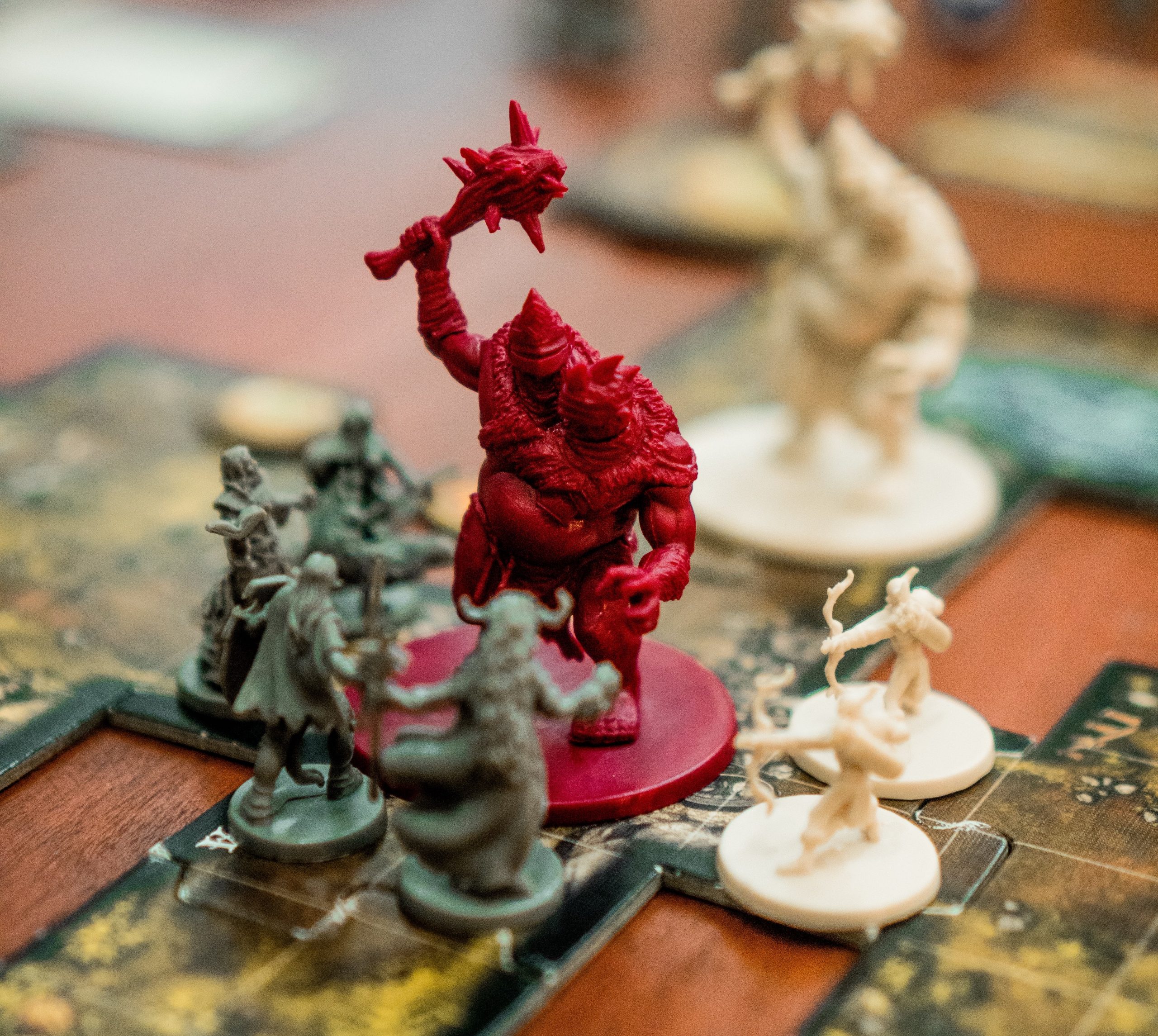How to Run Your Course Like a Game of Dungeons & Dragons

What does Dungeons & Dragons have in common with course design? More than you’d think. Role-playing games like D&D involve a group of distractible adventurers telling a story together with the help of a “game moderator” (GM) who establishes the world, gives the party their quest, and acts as other characters and obstacles to advance the plot (or not).
If you’re a teacher, this probably sounds familiar. Designing a course means choosing learning goals, creating activities that work toward those goals, providing context, and establishing boundaries (for the course’s scope and for its community). Similarly, a GM invents the “dramatic questions” that offer motivation for a series of potential encounters—an info-gathering stint at a tavern, a battle with an ancient vampire-tree, an audience with the god of the bear people, etc.—and gives the players just enough of an introduction to the world to set them on their way. Much like the best courses, the best D&D games let players have agency over their own destiny and bring whatever makes their characters unique to the table.1
Here are some ways to let D&D encounters inspire the way you design learning activities:
- Help your students tell a story together. You’re providing the destination (the goal) and a series of signposts, but the journey can be largely up to them.
- Lead with a clear goal, a dramatic question that must be answered to complete the activity. This is a question students will want to answer and can build toward over time.
- Party composition: if your students are in groups, let them choose roles for themselves. For example, if the group is working on a video, one student can work on gathering clips, another on script, another on editing, etc.
- Provide decision points. Leave room for students to involve their personal experiences, choose their own topics, or compose in various formats. D&D is not much fun if everyone is told exactly what to do by the GM, or if everyone has the same character.
- Change it up. If you’re doing the same activity multiple times (those goblin hordes just keep on coming), put a spin on it by changing available roles, substituting a slightly different goal, or adding an extra element of challenge.
- Know when to end it. This might be the most important rule of thumb for GMs. When it’s clear your students have answered the original question or achieved the goal, the activity is over. Instead of continuing past its usefulness, stop and add the time you save to the debrief discussion.
Beyond D&D, carefully-deployed elements of gamification can be an effective way to build community in your courses. Wendi Sierra writes that “game design principles and game-like structures can and should be used when they can provide a measure of control, enhance a learner’s sense of agency in their own learning process, and when they can make apparent the meaningfulness of learning activities.”2 As low-stakes tasks, games are opportunities for practice and experimentation. Playing and reflecting together builds community!
Now for the tech stuff. In my next couple of posts, I’ll share some examples of gamification in action along with tools and ideas for group activities you can try yourself. ‘Til our next adventure!
1 This focus on students’ agency and individuality also reflects the principles of Universal Design for Learning (UDL), which I highly recommend checking out.
2 Sierra, W., & Stedman, K. D. (2012). Ode to Sparklepony: Gamification in Action. Kairos: A Journal of Rhetoric, Technology, and Pedagogy, 16(2). Retrieved August 5, 2021, from https://kairos.technorhetoric.net/16.2/disputatio/sierra-stedman/index.html
If you’d like to learn more about Dungeons & Dragons, Mike Shea at D&D Beyond expands on the above ideas and provides a great place to start. You can also check out the DND 5th Edition Wiki for rules and stats, and Roll20 is a free tool for playing virtually with friends!
Photo by Clint Bustrillos via Unsplash.

